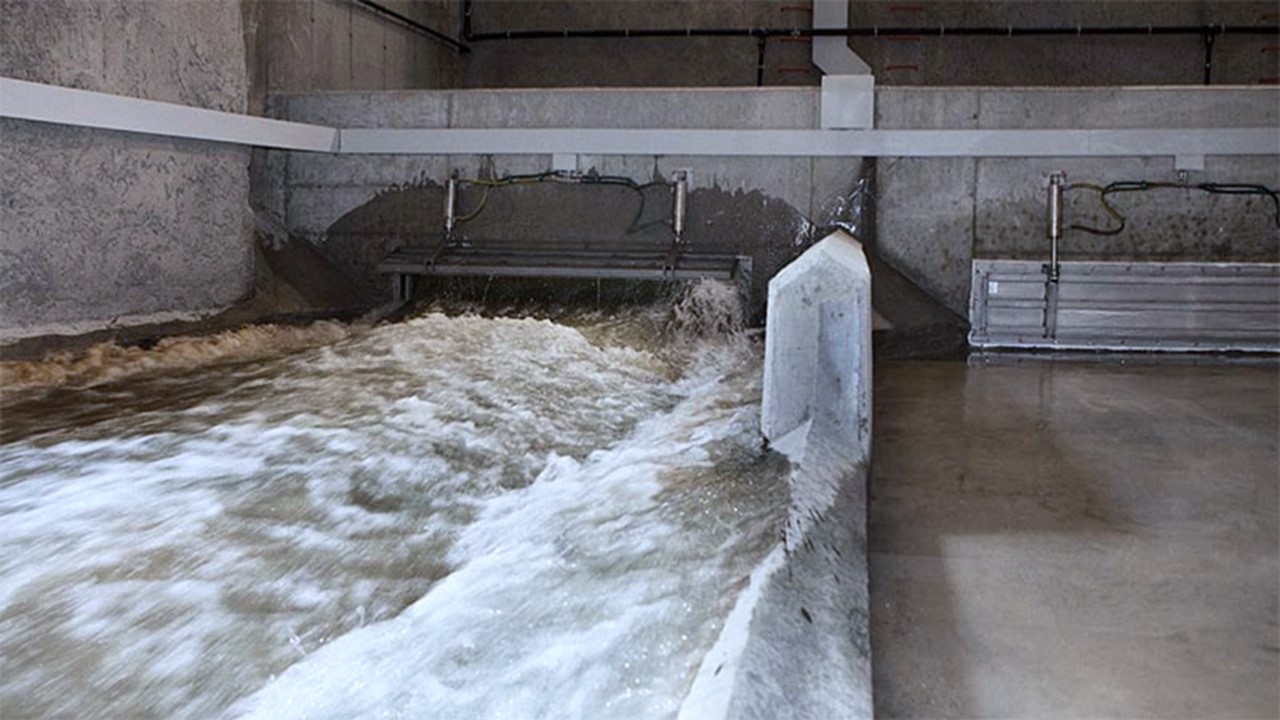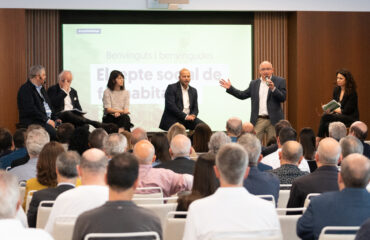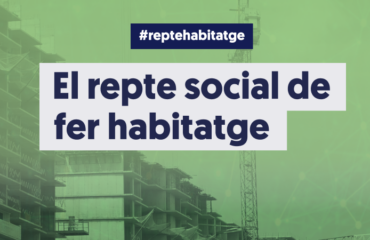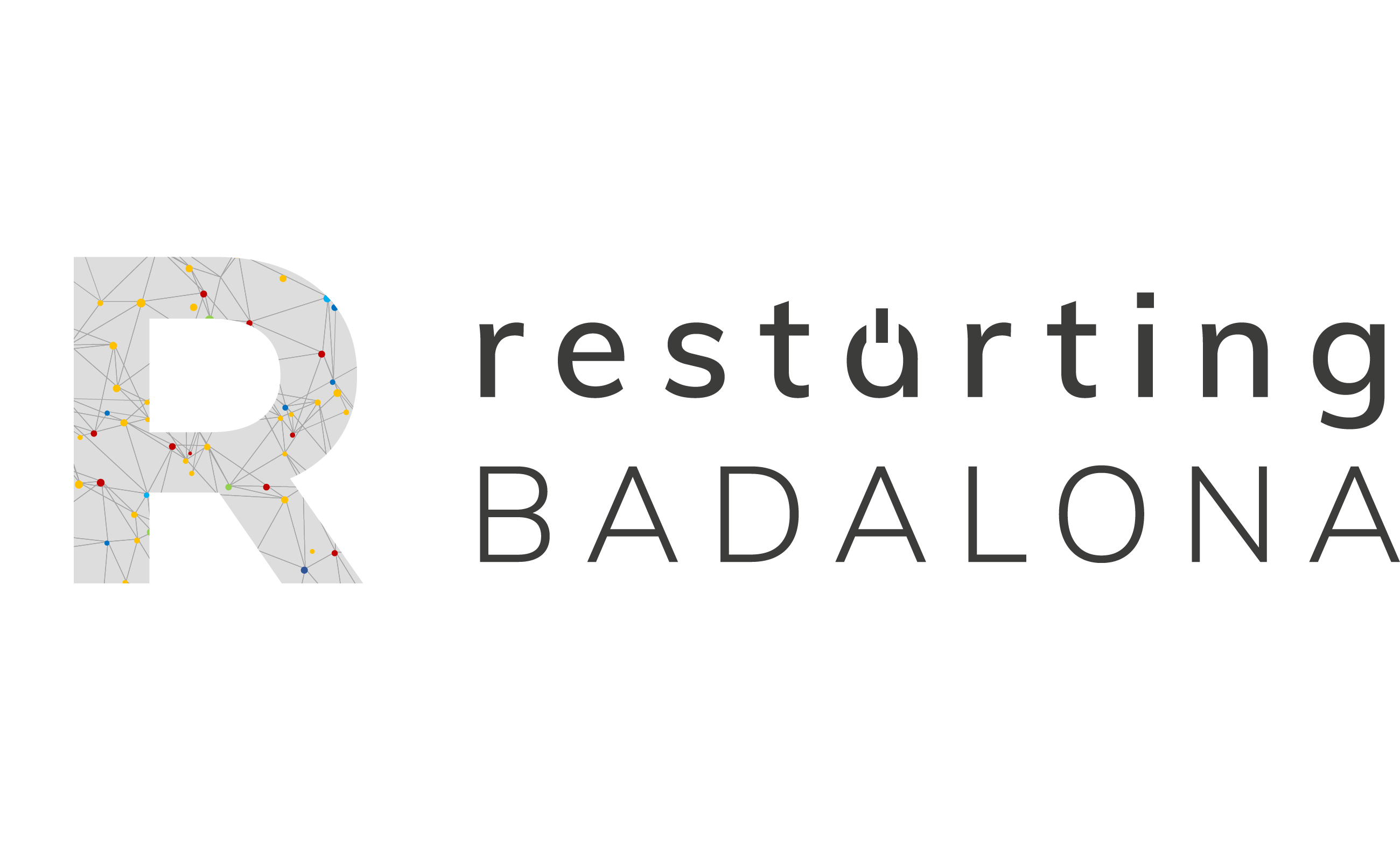
Writing about the reasons why the sewers spill into the sea when it rains in Badalona is like writing about going back to school, going back to work after the holidays, metro pickpockets or airport strikes. I mean that it is a classic, recurrent, and to a certain extent a tired and useless exercise that allows us to verify that things are the way they are, exclusively our fault. And they become the soap opera of the summer, with statements that never specify a plan and that always remind us of the saying that we only remember Santa Barbara when it thunders.
The problem is known, it is diagnosed, it has been studied and it is not necessary to waste more time. Above all, if these weeks someone proposes to re-study what we already know, let us be clear that they want to entangle us again, waste time and procrastinate decisions that do not allow delay.
As I suppose that an article like this one must distribute responsibilities, let’s be clear, direct, honest and synthetic. The tripartite government of the years 2003-2007 warned of the problem (with a 2004 study carried out by the Catalan Water Agency), and it was the councilor Muntsa Niso (IC) who proposed the solution of “making rainwater tanks”. The following government 2007-2011 (PSC-CiU-ERC) commissioned a diagnosis of the city’s sewage system (200 kilometres), to check the state of the collectors. A study carried out by the City Council, with the Metropolitan Area, and led by Mercè Rius (CiU).
This study also proposed the locations of the 8 or 9 rainwater tanks (which retain water when it falls in an amount that the sewage system cannot absorb) and determined that anti-discharge tanks of unitary systems should be placed on the line of the coastline, which could prevent wastewater from reaching the sea. This study was the “sewerage master plan” and prioritized the construction of the Estrella reservoir, which was financed 80% with European cohesion funds and 20% with municipal resources. The European processing was done in that period, and the work cost 8 million, which was liquidated –and thus inaugurated– the next government (PP).
Also in 2020 –after four years (!) between the start of the file and the tender for the commission– the City Council again awarded a study to update the diagnosis carried out ten years earlier and help roll out the sewerage plan. Who ruled in 2020? Well, the PSC, with the rest of the consistory parties except the PP, and who signed the award was the then deputy mayor and now mayor, Rubén Guijarro. So far, the facts tell us that in a period of 16 years the city has been able to build a single rainwater tank.
Si Badalona no decide y lidera, este problema seguirá siendo el culebrón del verano
We can argue that the economic crisis and anti-spending laws of central governments have prevented new investments, and we will tell part of the truth. But we must also recognize that we have not had a stable City Council or the political and technical capacity to continue a job that was left half done.
In Badalona, rains of more than 5 liters per square meter already lead to spills on the beach. This means that if it rains little, we can already count that there will be. What to do and what to do to avoid it? We have said, written and told many times. And it is easy to understand. First, continue deploying rainwater tanks. Second, increase the cleaning of the streets and sewers. Third, increase the cleaning of the streams that are born in the Cordillera de Marina.
Everyone will agree on it. But this is where we need to ask our governments directly HOW they think they should assume the investments and expenses necessary to condition our sewerage network to increasingly strong and infrequent storms, and how they think we can minimize the effects on the sea that there are in every rain.
The response we must demand must be concrete. And “concrete” means that it should not be “declarative”. To take on the challenge of sewerage in Badalona, you must start from reality. In 16 years we have built an infrastructure of 9 planned. It is necessary to examine why this has been so and move on to the next question. How to make the remaining investments in rainwater tanks and other measures, breaking the current dynamic?
I can think of only one way: assign a City Council commissioner to this project, dedicated exclusively to this and with minimal technical support (external or internal), and build the execution of a multi-year investment plan for which I would draw 3 o 4 years of drafting project contracting specifications, macro bidding for its execution and award of the work and its maintenance under a concession regime (or not), to carry out the plan in the following 12 years. And agree to remove this issue from the municipal day-to-day to turn it into a plan that overcomes political contingencies.
There may be those who think that this challenge can be taken on in another way. Or that another administration should do it. It is possible, but what is certain is that if Badalona does not decide and lead, this problem will continue to be the soap opera of the summer.
Ferran Falcó, president of the Restarting Badalona Association



